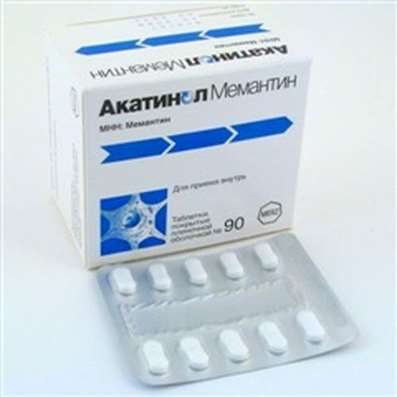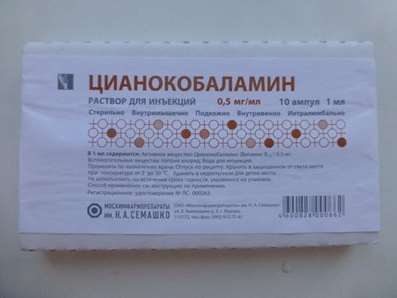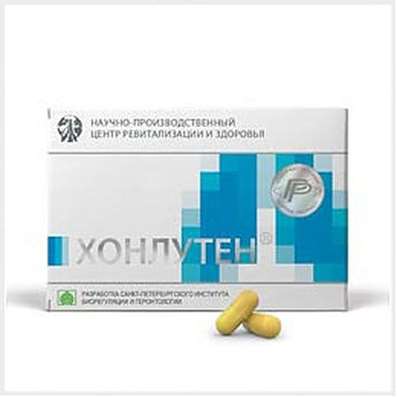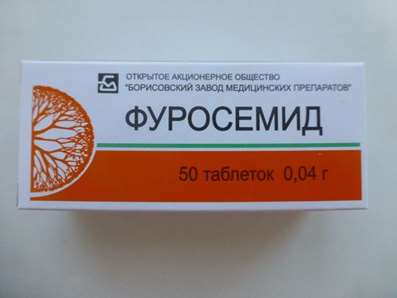Instruction for use: Atrovent N
I want this, give me price
Active substance: Ipratropium bromide
ATX Code
R03BB01 Ipratropium bromide
Pharmacological group
M. Cholinolytics
The nosological classification (ICD-10)
J42 Chronic bronchitis, unspecified
recurrent bronchitis, Bronchitis asthma, wheeze bronchitis, chronic Bronchitis, Inflammatory airways disease, bronchi disease, Qatar smoker, Cough in inflammatory diseases of the lung and bronchus, Exacerbation of Chronic Bronchitis, Chronic bronchitis, Chronic obstructive pulmonary disease, Chronical bronchitis, Chronic bronchitis smokers, Chronic spastic bronchitis, allergic Bronchitis
J44 Other chronic obstructive pulmonary disease
Allergic bronchitis, Bronchitis asthma, Asthmatic bronchitis, wheeze bronchitis, Bronchitis is an obstructive, bronchi disease, Shortness of sputum in acute and chronic respiratory diseases, Cough in inflammatory diseases of the lung and bronchus, Reversible airflow obstruction, Reversible obstructive airway disease, Obstructive bronchitis disease, Obstructive lung disease, Obstructive bronchitis, Spastic bronchitis, Chronic lung disease, Chronic nonspecific lung diseases, Chronic obstructive pulmonary disease, Chronic obstructive bronchitis, Chronic obstructive airway disease, Chronic obstructive pulmonary disease, Restrictive lung pathology
J45 Asthma
Asthma physical effort, status asthmaticus, Bronchial asthma, Asthma lung flow, Bronchial asthma with obstruction of sputum discharge, Bronchial asthma heavy currents, Bronchial asthma physical effort, hypersecretory asthma, Hormone-dependent form of bronchial asthma, Relief of asthma attacks in bronchial asthma, Non-allergic asthma, nocturnal asthma, Exacerbation of asthma, Asthma attacks, Endogenous forms of asthma, Night asthma, Cough with bronchial asthma
J999 * Diagnosis of Respiratory Diseases
bronchography, bronchoscopy, Diagnostic procedures in the nasal passages, Diagnostic Study of the bronchi, laryngoscopy, Preparing for rhinoscopy, Preparing the patient for bronchoscopy and / or bronhografii, Preparing the patient for bronchoscopy or bronhografii, Preparing the patient for diagnostic procedures in the nasal passages, Preparing the patient for diagnostic procedures in the area of the nasal passages, rhinoscopy, Visualization of the chest cavity, Chest X-ray, Mediastinoscopy
Structure and Composition
A solution for inhalation of 1 ml
ipratropium bromide 0.25 mg
Patients - droppers 20 ml (1 ml = 20 drops); in box 1 bottle.
Aerosol for inhalation dose 1 dose
ipratropium bromide, 0.021 mg
(Corresponding to 0.02 mg of ipratropium bromide anhydrous)
propellant: 1,1,1,2 - tetrafluoroethane (HFA 134a)
Excipients: anhydrous citric acid; distilled water; ethanol
in aerosol cans with a mouthpiece 10 ml (200 doses); in box 1 bottle.
pharmachologic effect
Mode of action - bronchodilatory.
Ipratropium bromide is a quaternary ammonium compound. It has anticholinergic properties. It inhibits reflexes of the vagus nerve, as a competitive antagonist of the neurotransmitter acetylcholine. Blocks muscarinic receptors of the smooth muscle of the tracheobronchial tree and inhibits reflex bronchoconstriction. Bronchiectasis when inhaled due mainly local and not systemic anticholinergic effects of the drug. It effectively prevents the narrowing of the bronchi, resulting from the inhalation of cigarette smoke, cold air, the effect of different substances bronhospazmiruyuschih and inhibits bronchospasm associated with the influence of the vagus nerves. Inhalation application has almost no resorptive action - is necessary to develop tachycardia inhalation dosages of about 500, while only 10% reach the alveoli and small bronchi, and the remainder is deposited in the mouth or pharynx and swallowed.
pharmacodynamics
It has expressed bronchodilator effect and prevents the development of bronchospasm. It causes a decrease in the secretion of glands of bronchial mucosa.
Pharmacokinetics
When inhaled route of administration, absorption is very low. The concentration of drug in blood plasma is at the lower boundary definition and it is only possible to measure with high doses of active substance. It provided mainly through the intestine, about 25% - unchanged, the rest - in the form of metabolites.
Clinical pharmacology
In patients with bronchospasm associated with chronic obstructive pulmonary disease (chronic bronchitis and emphysema), significant improvement in lung function (forced expiratory volume increase of 1 - FEV1 and the mean forced expiratory volume rate of 25-75% increased by 15% or more) observed after 15 minutes, the maximal effect is achieved within 1-2 hours and lasts for most patients to 6 hours.
In patients with bronchospasm associated with asthma, significant improvements in lung function (FEV1 increase of 15% or more) is seen in 40% of patients.
Indications
Chronic obstructive pulmonary disease (chronic obstructive bronchitis, emphysema); asthma (mild and moderate severity), especially diseases associated with the cardiovascular system.
Contraindications
Hypersensitivity to atropine and its derivatives, and other components of the drug, pregnancy (I trimester), children under 6 years (Atrovent H).
Pregnancy and breast-feeding
It contraindicated in I trimester of pregnancy, use of the drug is possible in II-III trimester of pregnancy and breast-feeding only if the effect of therapy outweighs the potential risk to the fetus or child.
Side effects
The most common adverse effects are headache, nausea, dry mouth.
Due to the low systemic absorption of the drug, the side effects associated with systemic anticholinergic effects, such as tachycardia, palpitations, accommodation disturbances, reduced secretion of sweat glands, violation of gastrointestinal motility, urinary retention are rare and are reversible. However, in patients with obstructive lesions of the urinary tract increases the risk of urinary retention.
As with other inhalation therapy, including bronchodilators, coughing is sometimes observed, rarely - paradoxical bronchospasm.
In rare cases, may develop allergic reactions, including urticaria, angioedema, rash, edema, oropharyngeal, and anaphylaxis.
There are some reports of the occurrence of complications in the eye (mydriasis, increased intraocular pressure, angle-closure glaucoma, eye pain) when hit aerosol ipratropium bromide or combined with beta2-agonist aerosol ipratropium bromide in the eye. Patients should be able to use correctly metered aerosol.
Interaction
Potenziruet bronchodilator effect of beta-agonists and xanthine derivatives. Holinoliticheskoe Enhances effects of other drugs.
Dosing and Administration
Inhalation.
The solution for inhalations: adults and children over 12 years - 0.5 mg (40 drops) 3-4 times a day via a nebulizer; children 6-12 years - 0.25 mg (20 drops) 3-4 times a day via a nebulizer; children up to 6 years - 0.1-0.25 mg (8-20 drops) 3-4 times a day (under medical supervision). The recommended dose is diluted immediately before use with saline to a volume of 3.4 ml. The dosage depends on the method and quality inhalation spray. If necessary, repeat the inhalation carried out at intervals of not less than 2 hours.
Aerosol for inhalation dose: Adults and children over 6 years - 2 doses of aerosol 4 times a day, the dose may be increased up to 12 inhalations a day if necessary.
Overdose
No specific overdose symptoms have been identified. There are minor manifestations of systemic anticholinergic effects such as dry mouth, accommodation disturbance, increase in heart rate. Treatment is symptomatic.
Precautionary measures
0.025% solution for inhalation contains the preservative benzalkonium chloride, EDTA stabilizer. It has been reported that these agents, when given in large doses, can cause bronchospasm in some patients.
Not exceed the recommended daily dose is set, as in the short-term and long-term use of the drug.
Precautions should use the drug in patients with narrow-angle glaucoma and urinary disorders due to benign prostatic hyperplasia.
In case of accidental contact with the drug in the patient's eyes with angle-closure glaucoma may increase intraocular pressure.
Eye pain or discomfort, blurry vision, ghosting and color spots before the eyes, combined with conjunctival and corneal hyperemia may be symptoms of narrow-angle glaucoma attack. In the event of any of these symptoms, you should assign the drops that cause constriction of the pupil and immediately contact an ophthalmologist.
In case of deterioration of the patient's condition or lack of significant improvement is necessary to consult a doctor to determine the plan for further treatment. In case of sudden and rapid gain of dyspnea (difficulty breathing), you should immediately consult a doctor.
Children Atrovent metered aerosol H should be used only after a doctor's recommendation and under adult supervision.
special instructions
Not recommended for emergency relief of an attack of breathlessness (bronchodilator effect develops later than that of beta-agonists).
Patients with cystic fibrosis have a higher likelihood of developing slow GI motility.
Patients should be able to properly use Atrovent N aerosol for inhalation dose.
When you first use freon-free forms of metered aerosol patients may note that a new drug to taste a little different from the previous formulation of the drug containing freon. In the transition from one form of the drug to other patients should be warned about the possible change in the taste properties of the drug. It should report that these drugs interchangeably, and that taste properties are not related to the safety and efficacy of a new drug.
Storage conditions
At temperatures below 30 ° C (do not freeze).
Keep out of the reach of children.
shelf life
solution for inhalation 0.25 mg / ml - 5 years.
aerosol for inhalation dose of 20 mcg / dose - 3 years.
Do not use beyond the expiration date printed on the package.

 Cart
Cart





